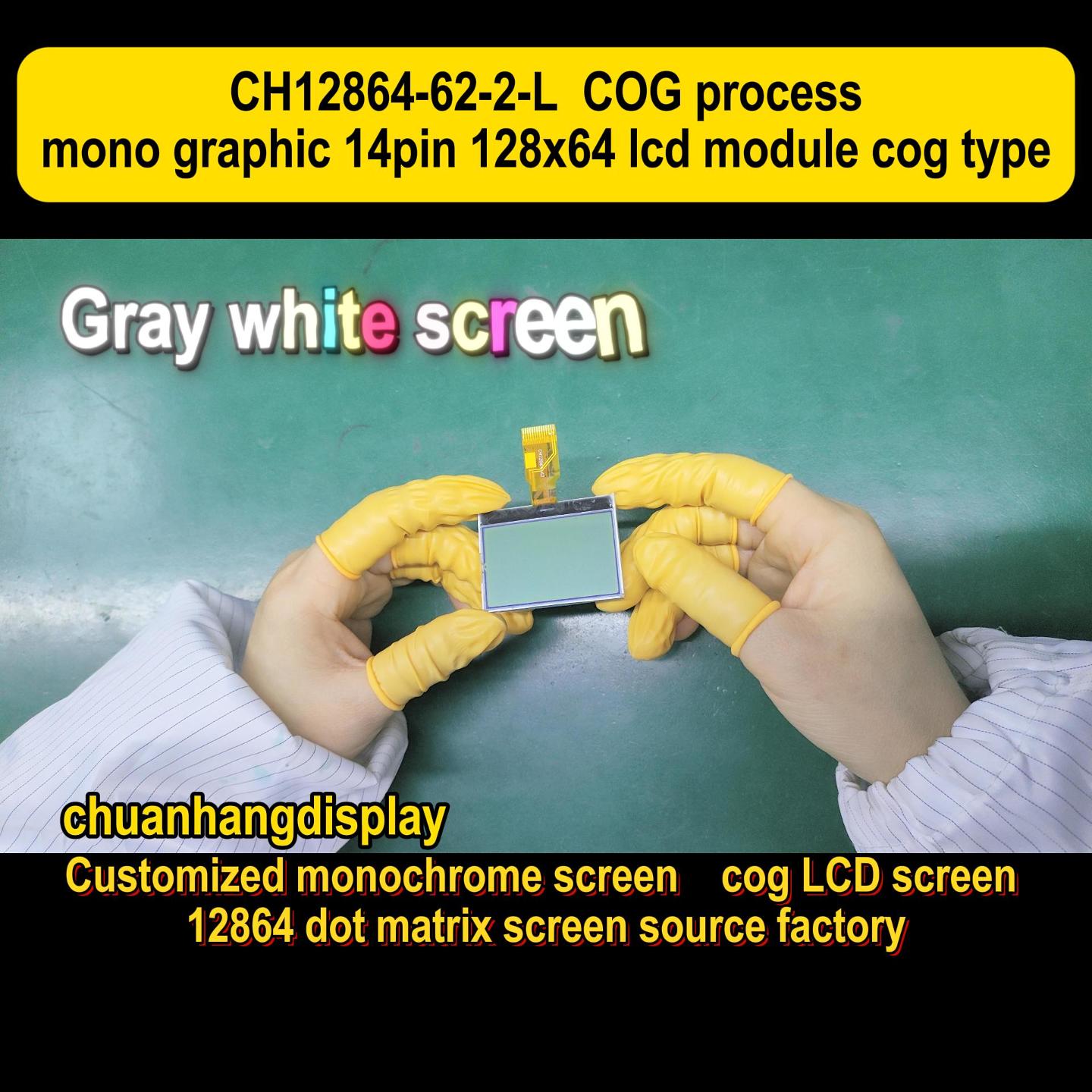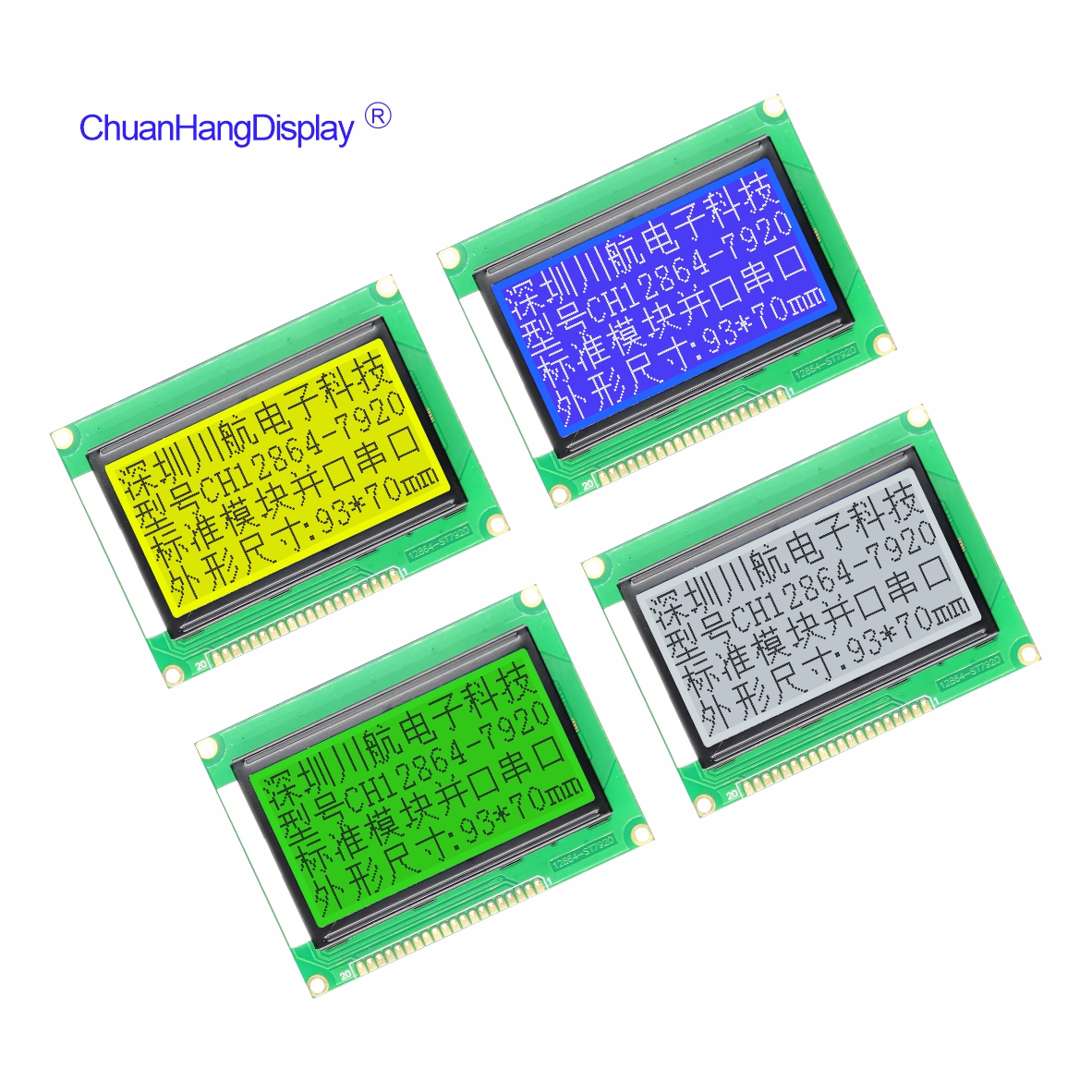When it comes to modern electronics, the TFT display screen is a ubiquitous component that powers everything from smartphones and laptops to industrial equipment and medical devices. But what exactly is a TFT display screen, and why is it so prevalent in today's technology-driven world? In this article, we will delve into five essential aspects of TFT display screens, providing a comprehensive overview that covers their definition, working principles, advantages, disadvantages, and real-world applications. By the end, you'll have a clearer understanding of how this technology impacts your daily life and why it remains a top choice for manufacturers. Plus, we'll touch on how brands like Chuanhang Display are contributing to advancements in this field. Whether you're a consumer, a tech enthusiast, or a business professional, this breakdown will equip you with valuable insights into TFT display screens.
A TFT display screen, short for Thin-Film Transistor display screen, is a type of liquid crystal display (LCD) that uses thin-film transistor technology to enhance image quality and performance. Unlike traditional passive-matrix LCDs, a TFT display screen incorporates an active matrix where each pixel is controlled by one to four transistors, allowing for faster response times, higher contrast ratios, and better color reproduction. This makes TFT display screens ideal for applications requiring sharp, vibrant visuals, such as in smartphones, tablets, and computer monitors. The technology was developed to address limitations in earlier displays, and it has since become a standard in the electronics industry. Essentially, a TFT display screen consists of multiple layers, including a backlight, liquid crystal layer, color filters, and the TFT array, which work together to produce images. As a result, TFT display screens offer superior performance compared to older LCD types, making them a popular choice for both consumer and professional use. Brands like Chuanhang Display have leveraged this technology to produce reliable TFT display screens that meet diverse market needs, from affordable consumer gadgets to high-end industrial tools.

The operation of a TFT display screen revolves around its active matrix design, which enables precise control over each pixel. At the heart of a TFT display screen is an array of thin-film transistors deposited on a glass substrate. Each transistor acts as a switch for a corresponding pixel, allowing it to be turned on or off rapidly. When an electrical current is applied, the transistors adjust the orientation of liquid crystals in the pixel, modulating the light from the backlight to create images. This process involves a combination of voltage control and color filtering: the backlight provides uniform illumination, while the liquid crystals twist to block or allow light passage, and color filters add red, green, and blue hues to produce full-color displays. One key advantage of a TFT display screen is its ability to refresh quickly, reducing motion blur and ghosting in fast-moving visuals, such as in gaming or video playback. Additionally, the integration of transistors per pixel means that a TFT display screen can achieve higher resolutions and better energy efficiency compared to passive matrices. This working principle is why TFT display screens are commonly used in devices where image clarity and responsiveness are critical. For instance, in products from Chuanhang Display, advanced TFT display screen designs incorporate enhanced transistor layouts to optimize brightness and reduce power consumption, showcasing the technology's adaptability.
TFT display screens offer numerous benefits that have cemented their status in the electronics market. First and foremost, a TFT display screen provides excellent image quality, with high brightness, contrast, and wide viewing angles, making visuals appear crisp and vibrant even in varying lighting conditions. This is particularly important for applications like digital signage or automotive displays, where readability is key. Another significant advantage is the fast response time of a TFT display screen, which minimizes lag and motion artifacts, enhancing the user experience in interactive devices such as touchscreens and gaming consoles. Energy efficiency is also a strong suit; thanks to the active matrix technology, a TFT display screen consumes less power than many alternatives, extending battery life in portable devices. Moreover, TFT display screens are highly customizable in terms of size, resolution, and shape, allowing manufacturers like Chuanhang Display to tailor them for specific products, from compact wearables to large-scale industrial panels. Durability is another plus, as TFT display screens are built to withstand prolonged use, with robust materials that resist wear and tear. Overall, the versatility and performance of a TFT display screen make it a cost-effective solution for a wide range of industries, driving innovation and user satisfaction.
Despite their many strengths, TFT display screens do have some drawbacks that users should consider. One common issue is the limited viewing angle compared to other technologies like IPS (In-Plane Switching) or OLED displays; on a standard TFT display screen, colors may shift or wash out when viewed from extreme angles, which can be a concern in collaborative settings or wide-audience displays. Additionally, TFT display screens typically rely on a backlight, which can lead to poorer black levels and contrast ratios than self-emissive displays like OLED, resulting in less deep blacks and potential light bleeding in dark scenes. Another limitation is the higher production cost for high-resolution TFT display screens, which might translate to more expensive end-products, though economies of scale have mitigated this over time. TFT display screens are also susceptible to image retention or burn-in under certain conditions, although this is less common than in older technologies. Furthermore, the power consumption, while efficient, can still be higher than that of advanced low-power displays, impacting eco-friendly initiatives. Brands like Chuanhang Display are addressing these challenges by developing hybrid TFT display screen models that incorporate improvements such as better viewing angles and energy-saving features, but it's essential for consumers to weigh these factors based on their specific needs.

The versatility of TFT display screens has led to their adoption across a multitude of sectors, demonstrating their broad utility. In the consumer electronics industry, TFT display screens are the backbone of devices like smartphones, tablets, and laptops, where they deliver high-resolution visuals and responsive touch interfaces. For example, many popular gadgets feature TFT display screens optimized for multimedia consumption, thanks to their color accuracy and refresh rates. In the automotive field, TFT display screens are used in dashboards, infotainment systems, and rear-seat entertainment, providing drivers and passengers with intuitive controls and real-time information. The medical industry relies on TFT display screens for diagnostic equipment, patient monitors, and surgical displays, where precision and reliability are paramount—brands like Chuanhang Display often supply specialized TFT display screens with anti-glare coatings and high brightness for these critical applications. Industrial automation also benefits from TFT display screens, which serve as human-machine interfaces (HMIs) in control panels and machinery, offering durability and clear visibility in harsh environments. Additionally, the retail and advertising sectors use TFT display screens in digital signage and kiosks to engage customers with dynamic content. As technology evolves, the role of TFT display screens continues to expand into emerging areas like smart home devices and IoT, highlighting their enduring relevance.
Q1: What does TFT stand for in a TFT display screen?
A1: TFT stands for Thin-Film Transistor, which refers to the technology used in the active matrix of the display to control individual pixels for improved image quality and performance.
Q2: How does a TFT display screen differ from an LCD screen?
A2: While all TFT display screens are a type of LCD, they specifically use thin-film transistors in an active matrix design, whereas standard LCDs might use passive matrices. This makes a TFT display screen faster, more efficient, and better at displaying vibrant colors compared to basic LCDs.
Q3: Are TFT display screens suitable for outdoor use?
A3: Yes, many TFT display screens are designed for outdoor use with features like high brightness levels (measured in nits) and anti-reflective coatings to ensure visibility in sunlight. Brands like Chuanhang Display often offer ruggedized TFT display screen options for such environments.
Q4: What is the typical lifespan of a TFT display screen?
A4: A TFT display screen generally has a long lifespan, often ranging from 30,000 to 50,000 hours of use, depending on the quality and operating conditions. Proper maintenance, such as avoiding extreme temperatures, can help extend its durability.
Q5: Can TFT display screens be used in touch-sensitive devices?
A5: Absolutely, TFT display screens are commonly integrated with touch technologies like resistive or capacitive touchscreens, making them ideal for smartphones, tablets, and interactive kiosks. This combination enhances user interaction without compromising display quality.
In conclusion, the TFT display screen is a foundational technology that continues to evolve, offering a balance of performance, affordability, and adaptability. By understanding these five key aspects, you can make informed decisions whether you're purchasing a device or integrating displays into projects. With innovations from companies like Chuanhang Display, the future of TFT display screens looks bright, promising even more advanced features in the years to come.